5 Of The Most Common Myths About Rattlesnakes
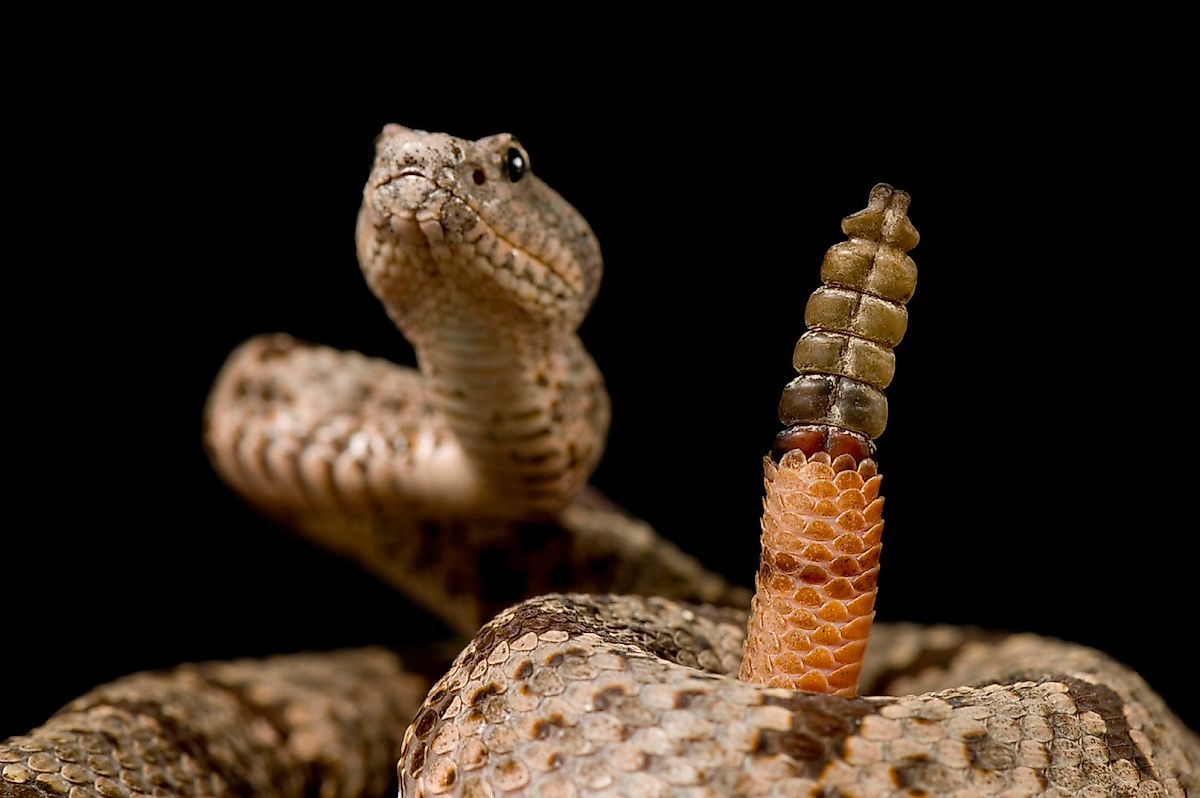
- Rattlesnakes live throughout the Americas from Canada down to Argentina.
- Rattlesnakes do not always issue a warning before they bite.
- If it is too hot outside, rattlesnakes will not sit in the sun, but search for a place to cool down.
Rattlesnakes can be found spread out across many parts of the Americas, slithering in Canada all the way down to central Argentina. Mexico and the American Southwest are home to the species’ largest numbers, which can be found most readily in rocky landscapes, but also near marshes, prairies, forests, and deserts.
Rattlesnakes are interesting reptiles. In some areas, they have a reputation for being fierce enemies of humans, and in others, people tend to believe their bark-or, rather, their rattle- is worse than their bite. What is true and what is not? Here are five myths we are busting about the rattlesnake, to set you on a course to truth.
5. They Always Rattle Before Striking
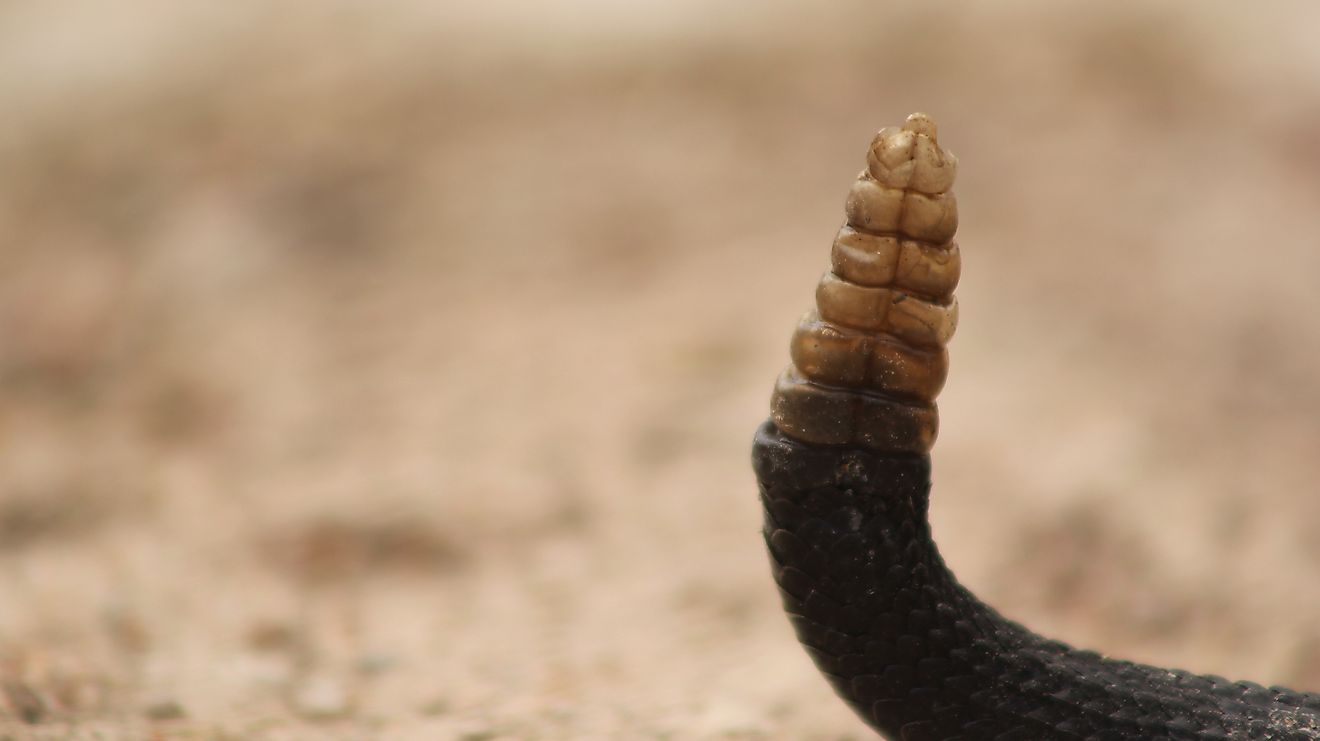
Rattlesnakes make noise with their tail. At their tails' end, there are segments of keratin that sit inside each other loosely, so the snake can shake it and make their signature rattling sound. Rattlesnakes are considerate, and use this sound to warn potential prey that they may be about to bite with venomous fangs.
According to Terminix.com however, a rattler does not always rattle its tail before it strikes. Keep your distance to stay safe. As a general rule, these snakes can strike from ⅓ to ½ of its body length. They cannot jump but they do lunge forwards.
4. A Bite Will Kill You
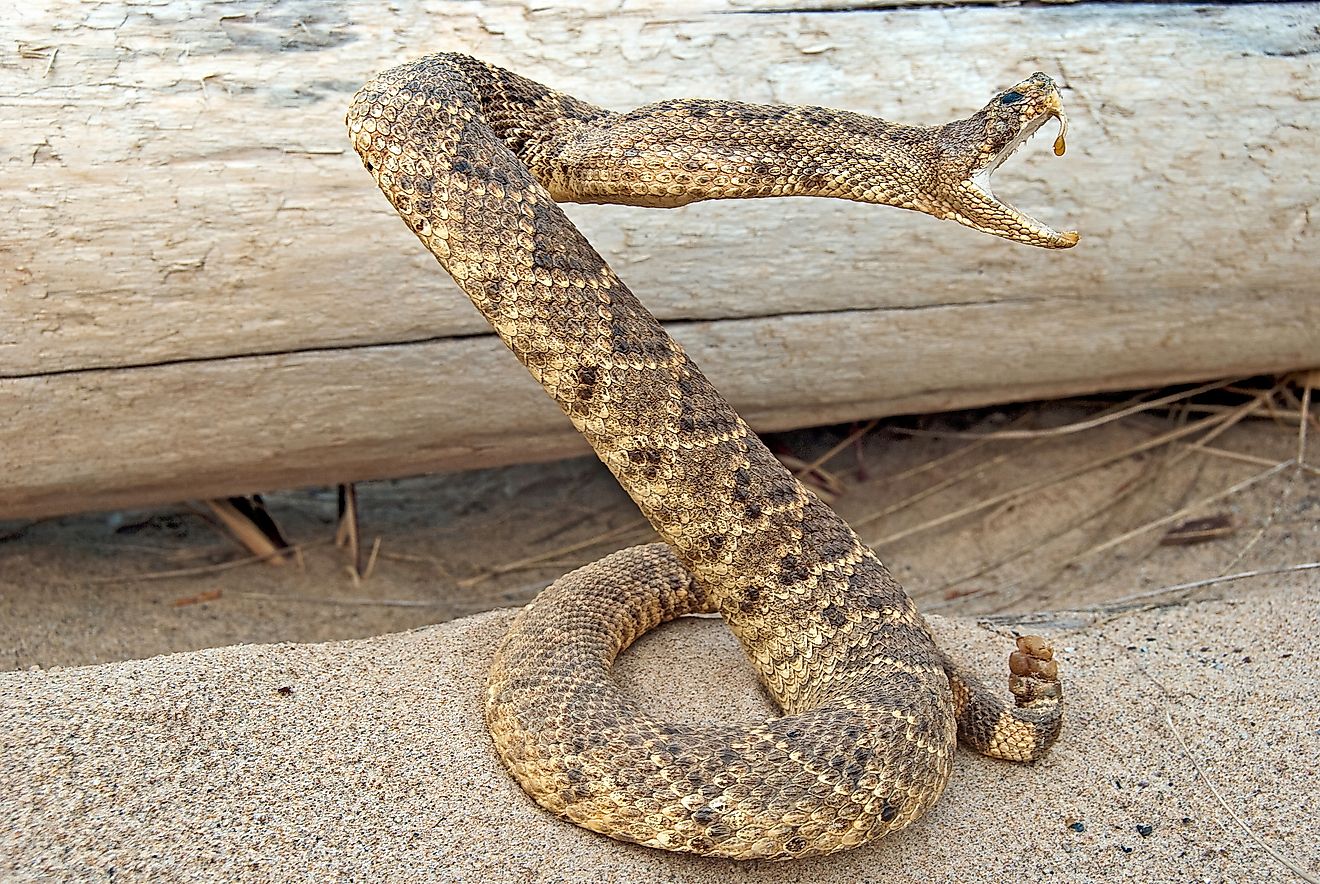
A rattlesnake bite can kill you, but it is likely that it will not, if you live in the US. This is because good medical care is readily available. If anti-venom is administered, patients have a very good chance of surviving.
In addition to good treatment, not every rattlesnake bite releases venom. A “dry bite” can occur in about 10% of cases. This is because rattlesnakes, like some other venomous snakes, tend to save their venom for when they really need it.
Studies have found these snakes can control the amount of venom they inject into a victim. This way they can save it for when times they are hungry and trying to kill prey for their next meal.
That being said, always, always seek medical attention after being bitten by a rattlesnake, as their venom is highly toxic.
3. They Love Heat
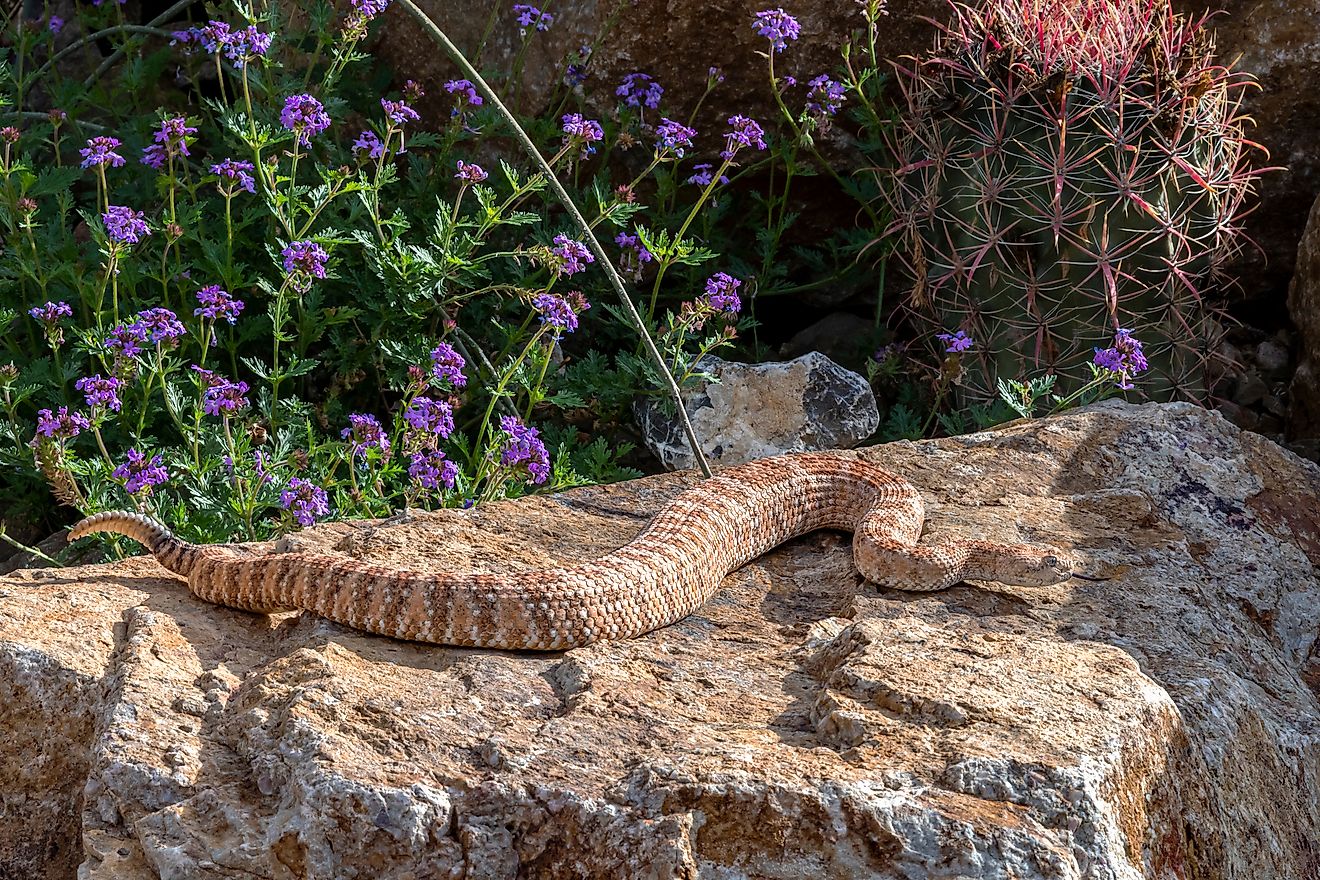
It is true that snakes need the sun to warm their bodies. They are cold-blooded creatures who can not warm themselves up, and they need a source of heat to do it for them. But rattlesnakes are not about to climb inside a pizza oven for some cuddles, or seek out the sun when it is about 100F outside. Some temperatures are too hot for snakes, just as they are for us. When it really gets hot in the summer months, your favorite snake is likely hiding someplace cool, trying to get comfortable just like you.
2. Baby Rattlers are More Dangerous Than the Adults
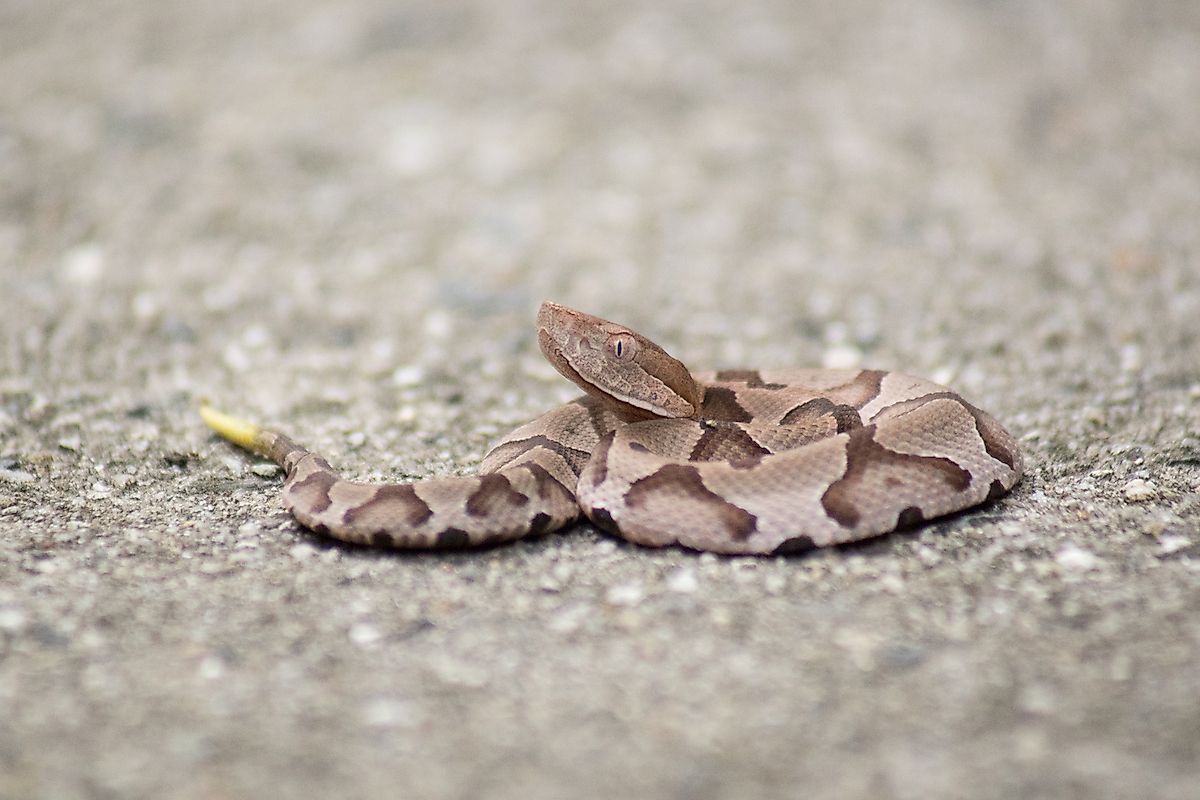
Human babies can definitely scream louder than some adults. They are not more dangerous than full-blown adults, however, and the same is true for rattlesnakes.
Sometimes younger rattlesnakes can be harder to see because they are smaller and can slip into cracks unnoticed. In this way, they can be more hazardous to humans, but if a baby rattler does bite you, it will likely be a less intense experience than it would be with an adult snake. This is because baby rattlesnakes contain less venom to inject with their bite. An adult rattlesnake bite will likely injure you more.
1. Their Venom is Rapidly Evolving to Become Toxic
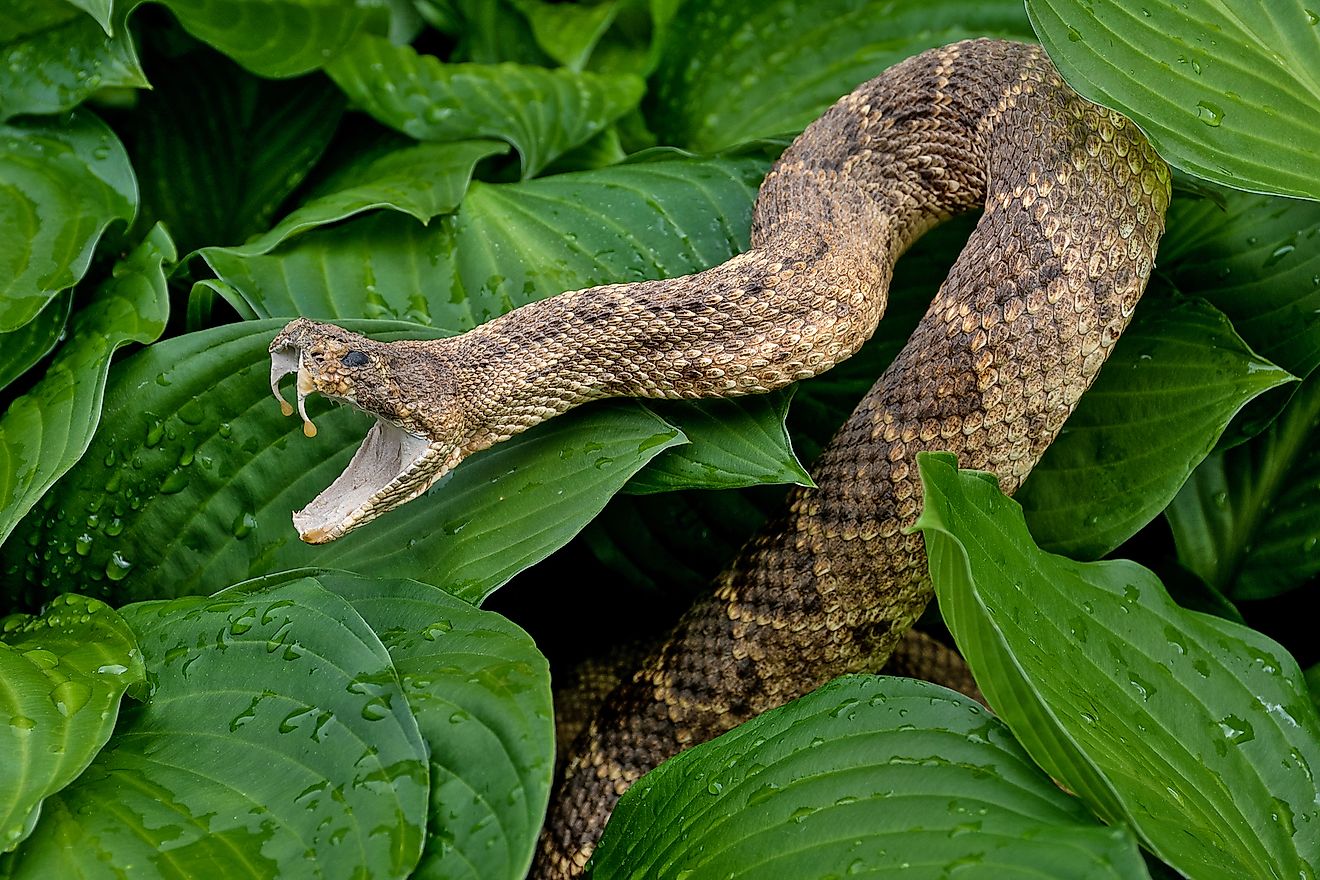
Species on Earth are constantly evolving to better protect themselves from harmful elements in their environments. In line with this, some people are now saying that rattlesnakes are evolving to have more toxic venom. Some reports indicate that people have been developing more severe reactions to rattlesnake bites in recent years than they have in the past, prompting the argument.
Experts in the field dispute this, however. They argue that changes in venom would take much longer to produce in nature than the sudden changes that have been noted. The age of victims as well their size could also be a factor that is causing the bites to be more severe. It could also be that people are provoking the snakes more than before, and that the victims’ health is playing a part. If asthma is more prevalent and people are more sensitive to foreign antigens than was generally the case in the past, their bodies could be responding more severely to the rattlesnake bites.
In this way, it is believed that rattlesnakes are not becoming more toxic, but rather it could be us that is changing.
If you come across a rattlesnake when you are outside, it is always a good idea to give it space. Do not provoke the snake, or it may strike!
If you live in an area known to be home to rattlesnakes, educate yourself about where they like to hide, and what they look like. This way you can avoid disturbing them. You can both enjoy the outdoors by using common sense and keeping your eyes and ear open.











